Household chores kids don’t have to do anymore
Ah, the good old days of household chores! Remember when doing laundry meant more than just pressing a button? It’s fascinating to think about how far we’ve come in the realm of domestic tasks.
Our grandparents had a knack for making chores a form of art, with each task requiring a unique set of skills. Let’s take a nostalgic journey through the evolution of household duties and marvel at the conveniences we often take for granted today.
The Art of Clothesline Mastery: Goodbye to Hanging Laundry
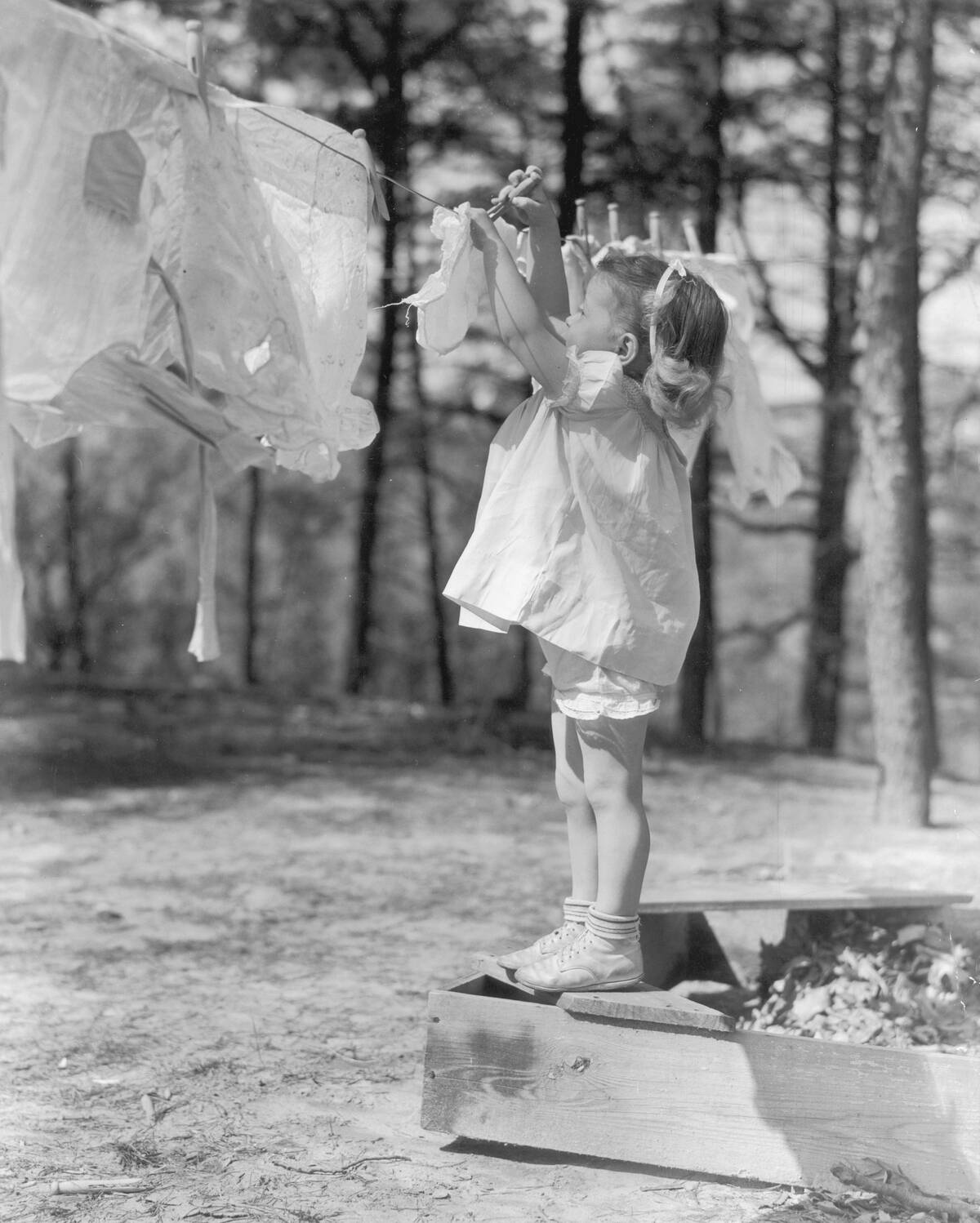
Once upon a time, hanging laundry was a skill that required precision and a keen eye for weather patterns. People would spend hours perfecting the art of clothesline mastery, making sure garments were pinned just right to catch the sun’s rays.
Nowadays, dryers have taken over, leaving clotheslines to sway lazily in the breeze, a nostalgic reminder of simpler times. Though faster, modern conveniences have stripped away the charm of watching clothes dance in the wind.
The Lost Skill of Ironing Everything
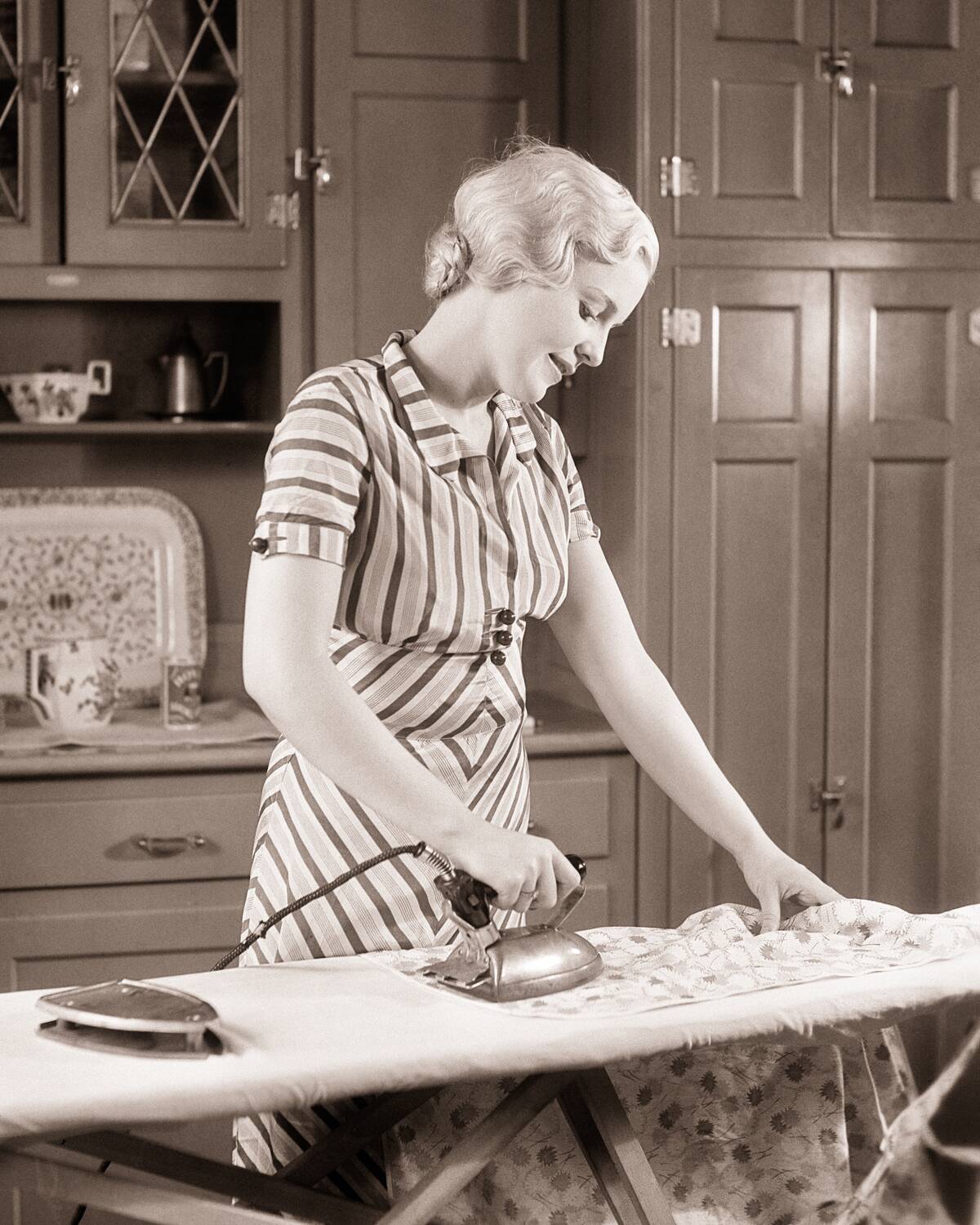
Ironing was once an essential chore, with every garment from shirts to bed linens receiving a crisp press. The meticulous task of ironing taught patience and attention to detail, turning a wrinkled mess into a polished masterpiece.
Today, wrinkle-free fabrics and steamers have rendered the traditional iron nearly obsolete, making the skill of ironing everything a fading memory. Yet, for those who remember, the satisfaction of a perfectly pressed shirt is unparalleled.
From Washboard to Washing Machine: A Laundry Revolution
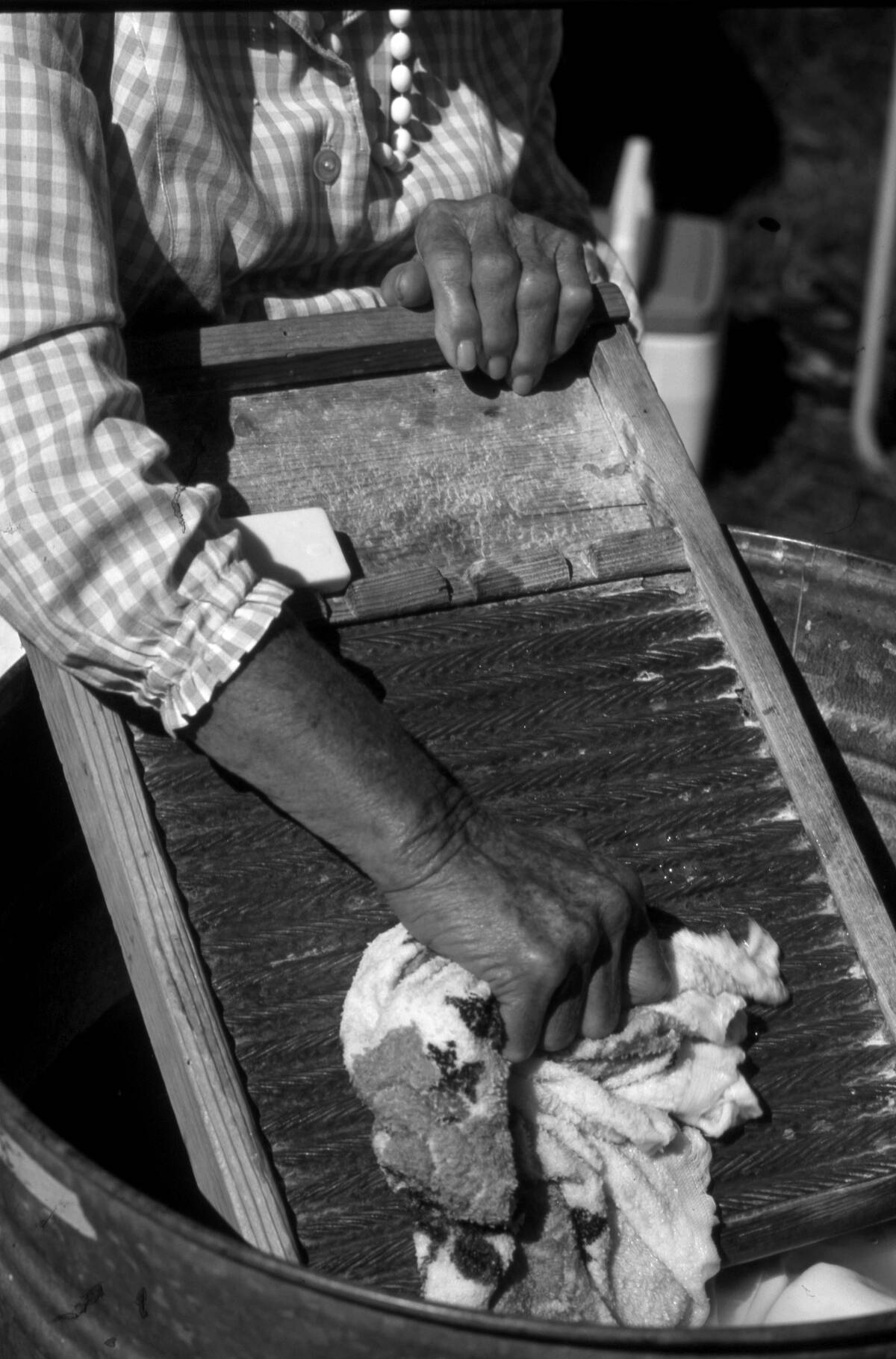
The evolution from washboards to washing machines is one of the most significant household advancements. Washboards required muscle and endurance, as clothes were scrubbed clean against their ridged surfaces.
With the advent of washing machines in the early 20th century, laundry became a less labor-intensive affair. Today, we can hardly imagine a world without these appliances, yet washboards still hold a certain rustic charm, often repurposed as quirky decor.
The Great Dishwashing Debate: Manual vs. Machine

Dishwashing has long been a point of contention in households, with manual washing requiring elbow grease and attention to detail. The introduction of dishwashers revolutionized this task, offering efficiency and convenience at the push of a button.
While some purists argue that manual washing achieves a superior clean, the time saved by machines is hard to ignore. This debate continues today, with each method having its loyal supporters, each convinced of their method’s superiority.
Sweeping Away the Past: Broom vs. Vacuum Cleaner
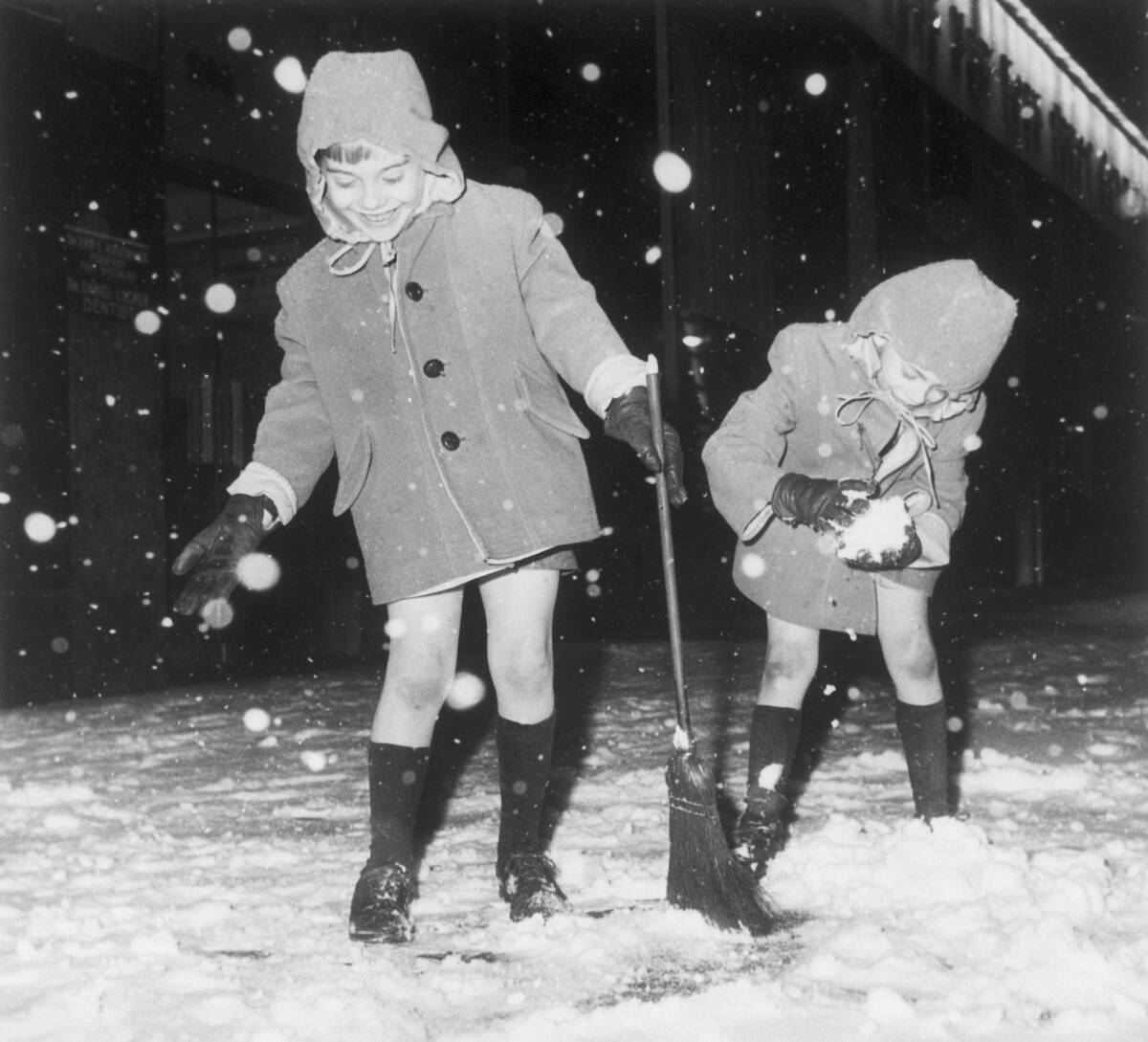
Before the hum of vacuum cleaners became a household soundtrack, brooms were the primary tool for keeping floors clean. Sweeping required skill to avoid stirring up dust, a task often accompanied by the rhythmic swish of bristles against the floor.
The invention of the vacuum cleaner in the early 1900s transformed cleaning routines, offering powerful suction to tackle dirt with ease. Despite their effectiveness, brooms have endured, remaining a staple in many homes for quick cleanups.
Polishing Silverware: A Tarnished Tradition
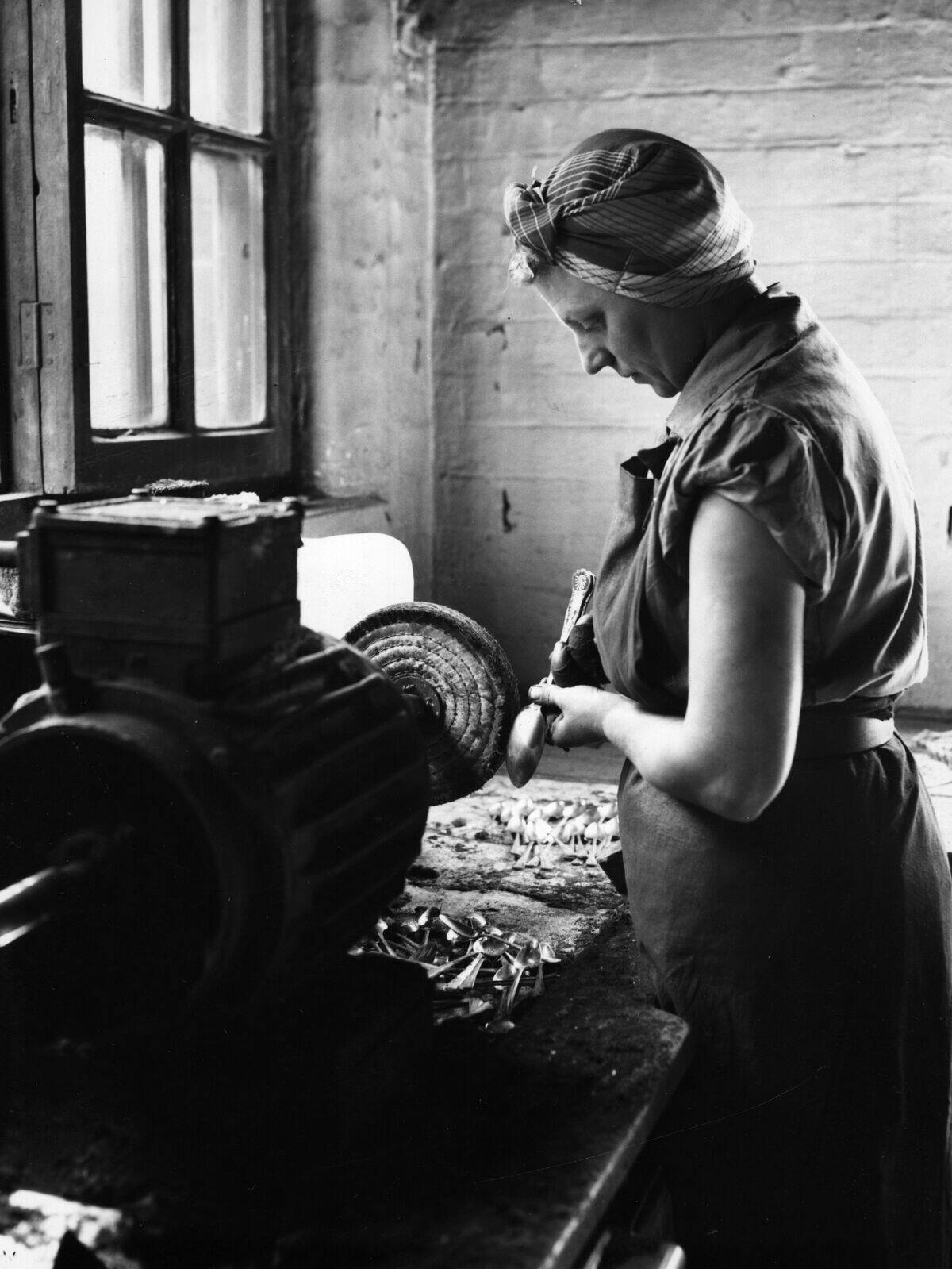
Polishing silverware was once a regular part of maintaining a home’s shine, involving elbow grease and a keen eye for detail. This time-consuming task ensured that every piece gleamed for special occasions or Sunday dinners.
Nowadays, silverware polishing has become a rarity, often reserved for family heirlooms or holiday gatherings. As stainless steel and dishwashers dominate modern kitchens, the art of silver polishing fades, leaving behind memories of gleaming table settings.
The Disappearing Act of Bed-Making with Hospital Corners

Bed-making with hospital corners was once a skill taught to ensure sheets stayed taut and tidy. This technique involved tucking sheets in a precise manner, reminiscent of military precision.
While some still practice this art for its aesthetic appeal, many have opted for quicker methods, like elastic-fitted sheets, which simplify the task. As our lives become busier, the meticulous bed-making of the past quietly slips away, replaced by a demand for speed and efficiency.
Lawn Mowing: From Push Reel to Riding Mower
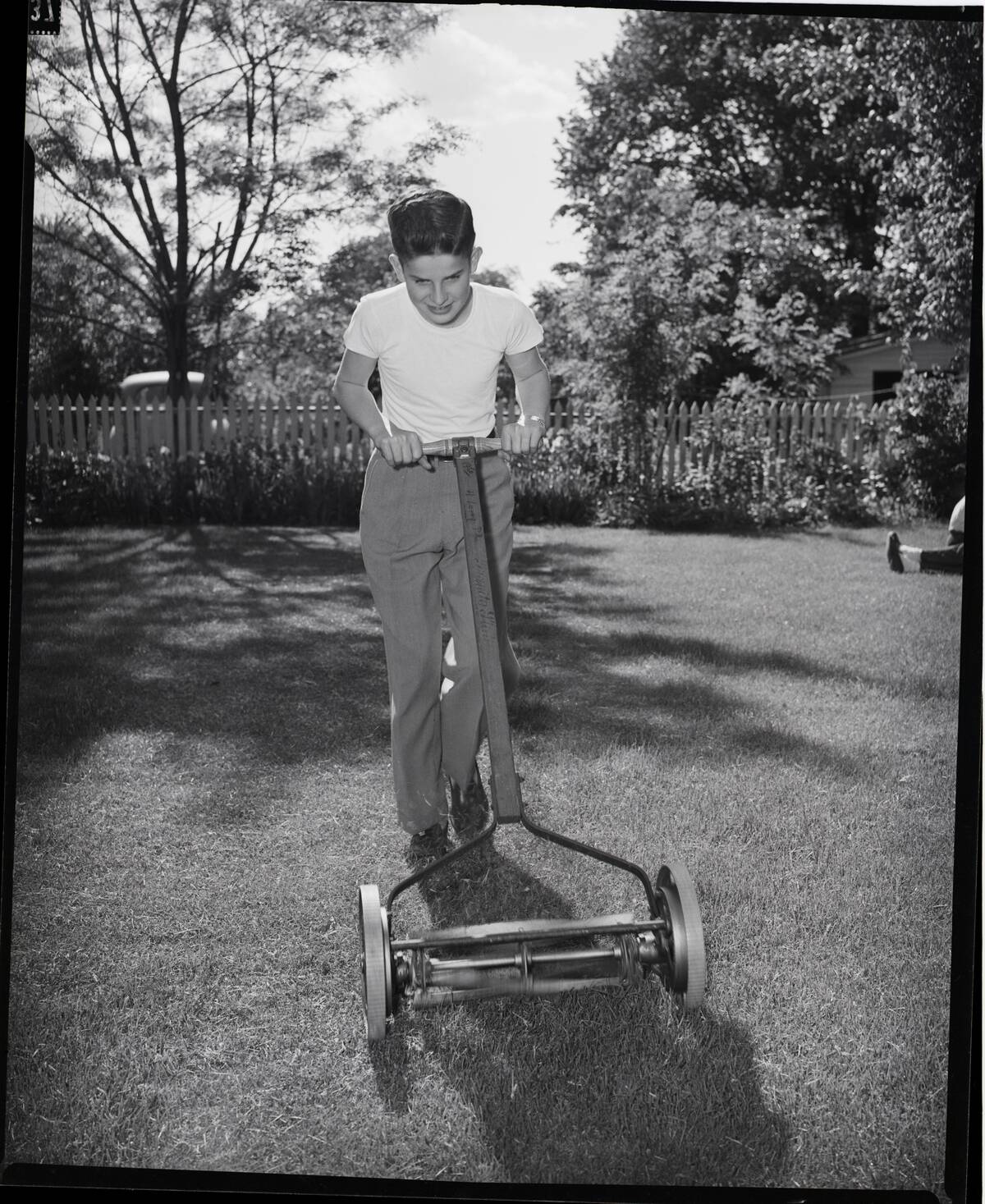
Lawn care has seen a significant transformation, moving from the manual labor of push reel mowers to the ease of riding mowers. Push reel mowers required physical strength and determination, offering a quiet, eco-friendly option for maintaining a manicured lawn.
Today, riding mowers have taken the lead, providing speed and comfort to cover large areas with minimal effort. As technology advances, the once laborious task of lawn mowing has become a leisurely activity.
The Evolution of Dusting: Feather Dusters to Microfiber Cloths

Dusting has evolved from the delicate touch of feather dusters to the practicality of microfiber cloths. Feather dusters were elegant tools, gently sweeping away dust while adding a touch of sophistication to cleaning routines.
Microfiber cloths, on the other hand, offer superior dust-trapping capabilities and are lauded for their efficiency and ease of use. As our cleaning tools have evolved, so too has our approach to maintaining a dust-free home, blending tradition with modern innovation.
Canning and Preserving: A Culinary Chore of the Past
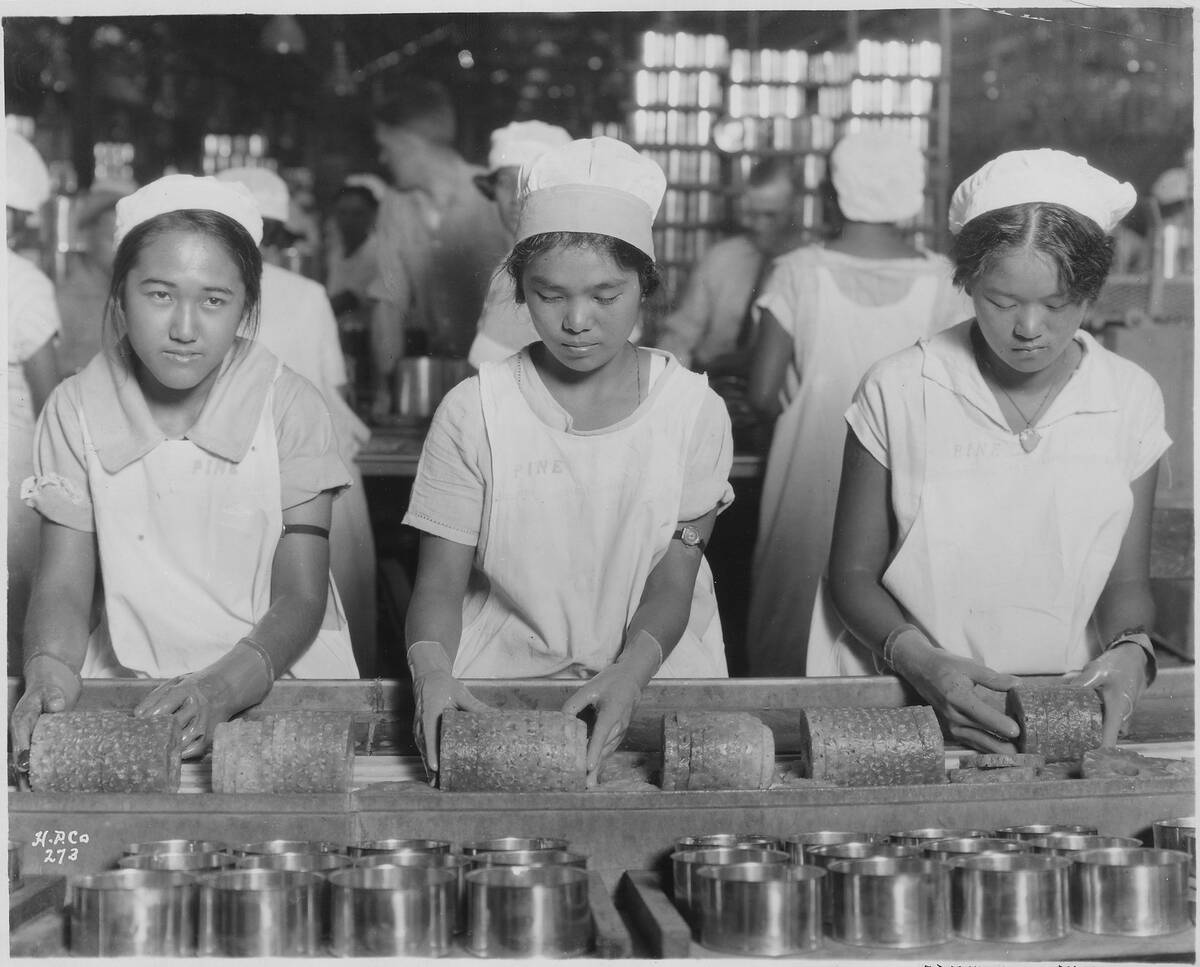
Canning and preserving food were once essential skills for ensuring a steady food supply through the winter months. This labor-intensive process involved sterilizing jars and carefully sealing produce to maintain freshness.
With the advent of modern refrigeration and year-round availability of fresh produce, canning has become more of a hobby than a necessity. While some still embrace this culinary art for its nostalgia and flavor, the practice has largely faded from everyday routines.
Sewing and Mending: When Patching Was a Necessity

Sewing and mending were vital skills in a time when clothing was cherished and often repaired rather than replaced. From darning socks to patching holes, these tasks required patience and dexterity.
With the rise of fast fashion and affordable clothing, the need to sew and mend has diminished significantly. Though these skills have waned, they remain a cherished part of crafting and DIY culture, offering a sustainable alternative to a throwaway society.
The Forgotten World of Shoe Polishing

Shoe polishing was once a regular task, ensuring that footwear remained in pristine condition. This chore involved applying polish, buffing shoes to a shine, and maintaining leather quality.
As casual footwear and synthetic materials have gained popularity, the art of shoe polishing has declined. Yet, for those who still practice it, there’s a certain satisfaction in seeing a well-polished pair of shoes, reflecting a bygone era’s attention to detail and care.
The Rise and Fall of Firewood Chopping
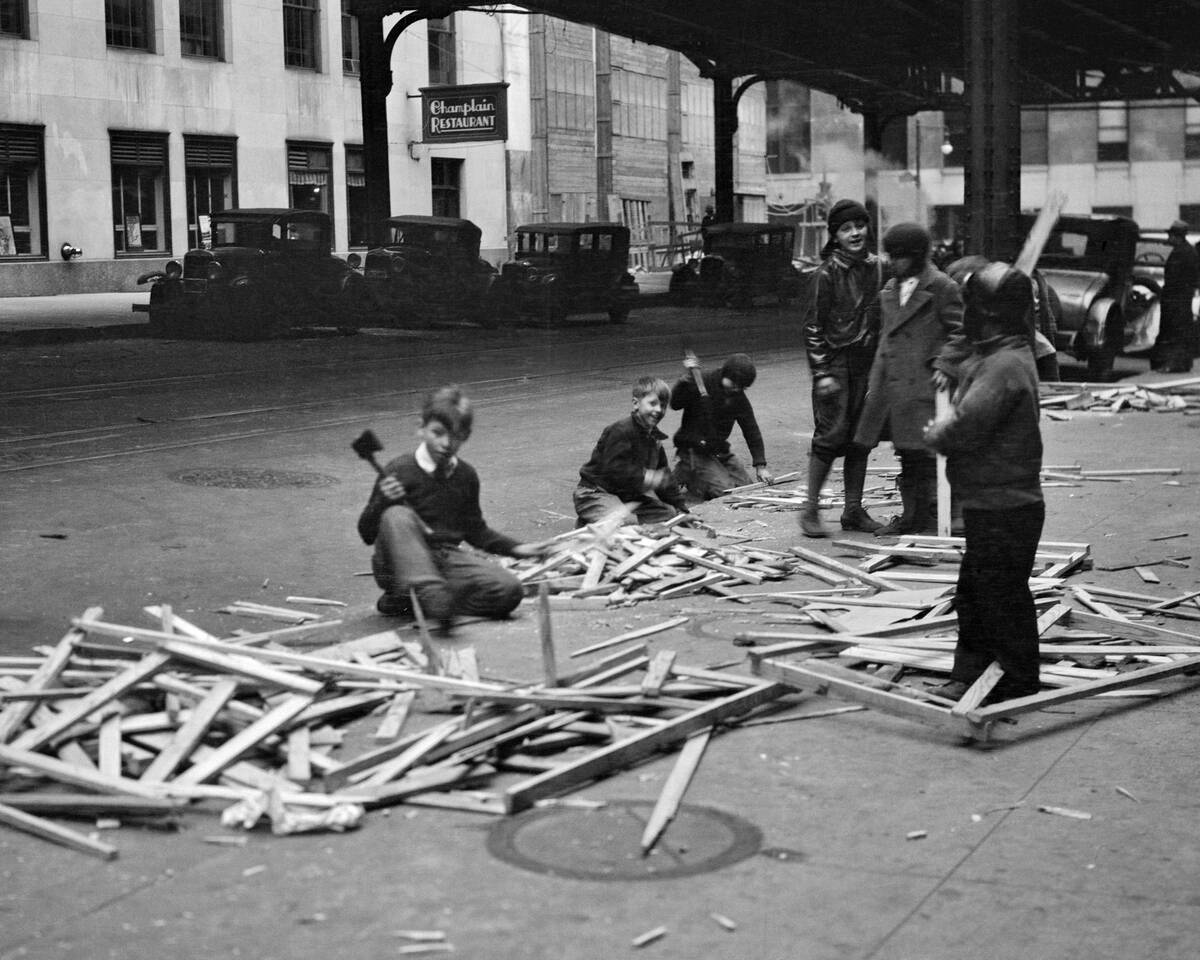
Chopping firewood was a necessary skill when wood-burning stoves and fireplaces were primary heat sources. This physically demanding task required strength and technique, providing warmth and comfort through cold winters.
With the development of central heating systems and alternative energy sources, the need for firewood has decreased. While some still enjoy the rustic charm of a wood-burning fire, the chore of chopping wood has become more of a pastime than a necessity.
Carpet Beating: A Dusty Tale from the Past
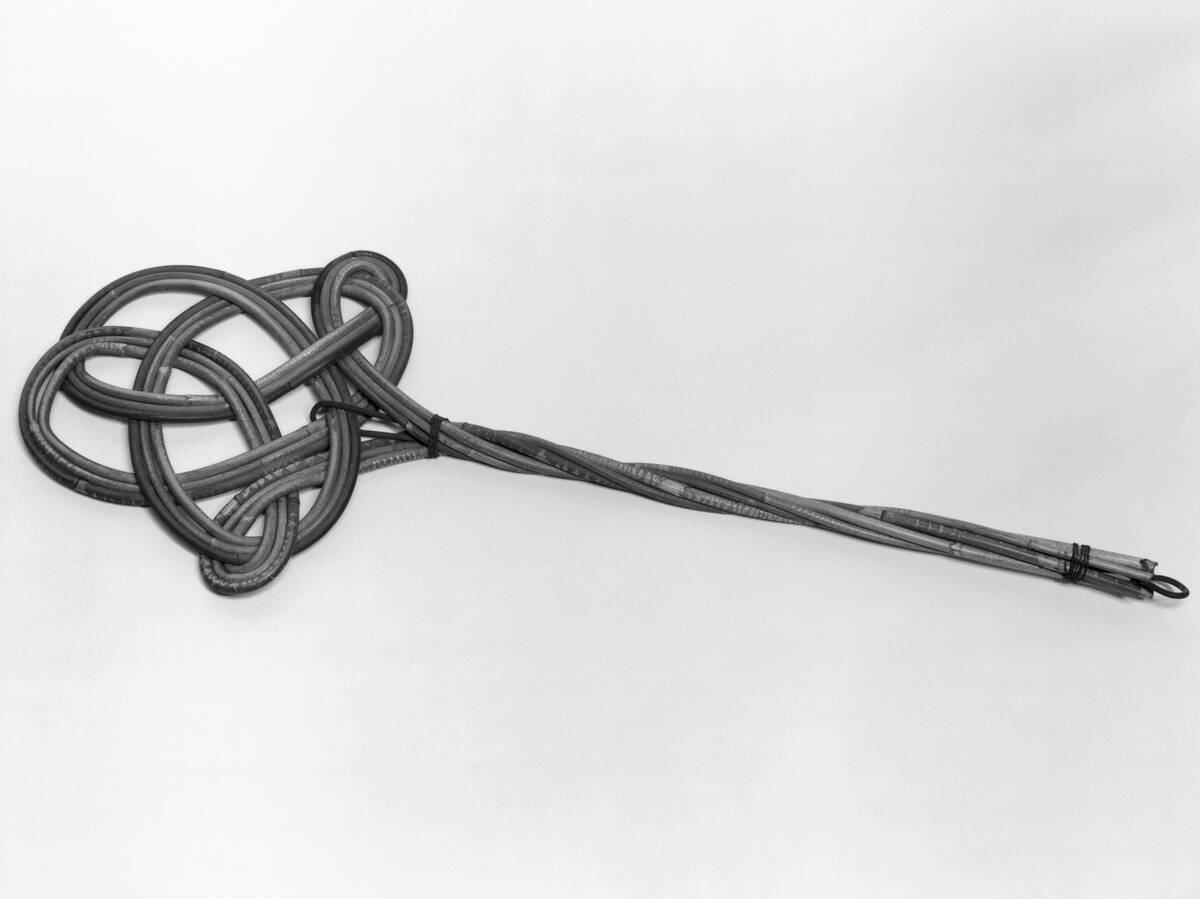
Before the advent of vacuum cleaners, carpet beating was the primary method for cleaning rugs. This vigorous task involved taking carpets outside and beating them with a stick to remove dust and dirt.
It was a labor-intensive process, often resulting in clouds of dust and a thorough arm workout. Today, vacuum cleaners have taken over, offering a cleaner and more efficient solution, leaving carpet beating as a dusty memory from the past.
Window Washing: No More Ladder Climbing
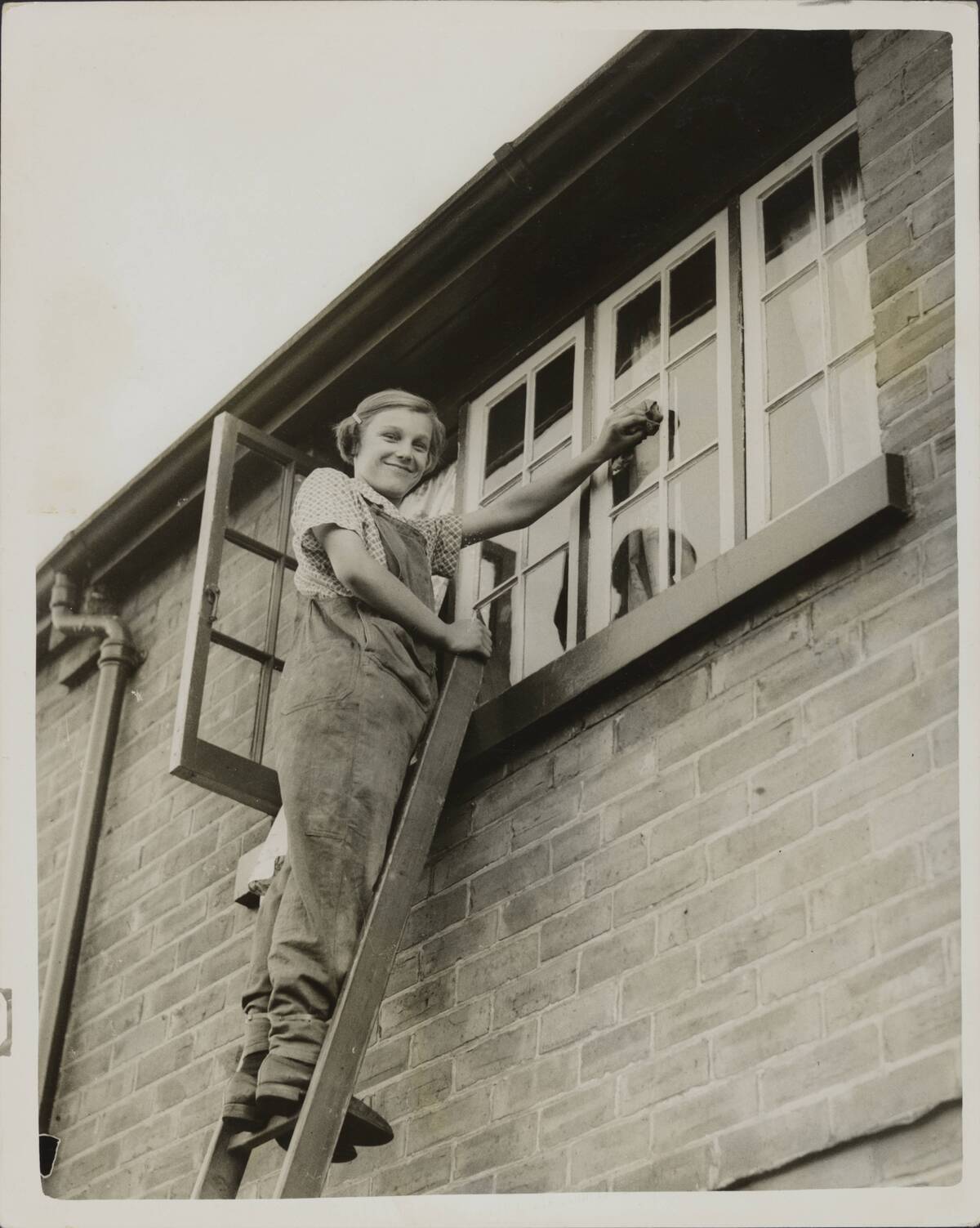
Window washing used to involve balancing on ladders with buckets and squeegees in hand, a daring task requiring courage and care. The introduction of long-handled tools and specialized sprays has made window cleaning a less daunting chore.
Modern solutions allow us to reach high windows with ease, minimizing the risk of accidents. Gone are the days of precarious balancing acts, replaced by efficient methods that keep our views crystal clear from the safety of solid ground.
The Decline of Homemade Soap Making
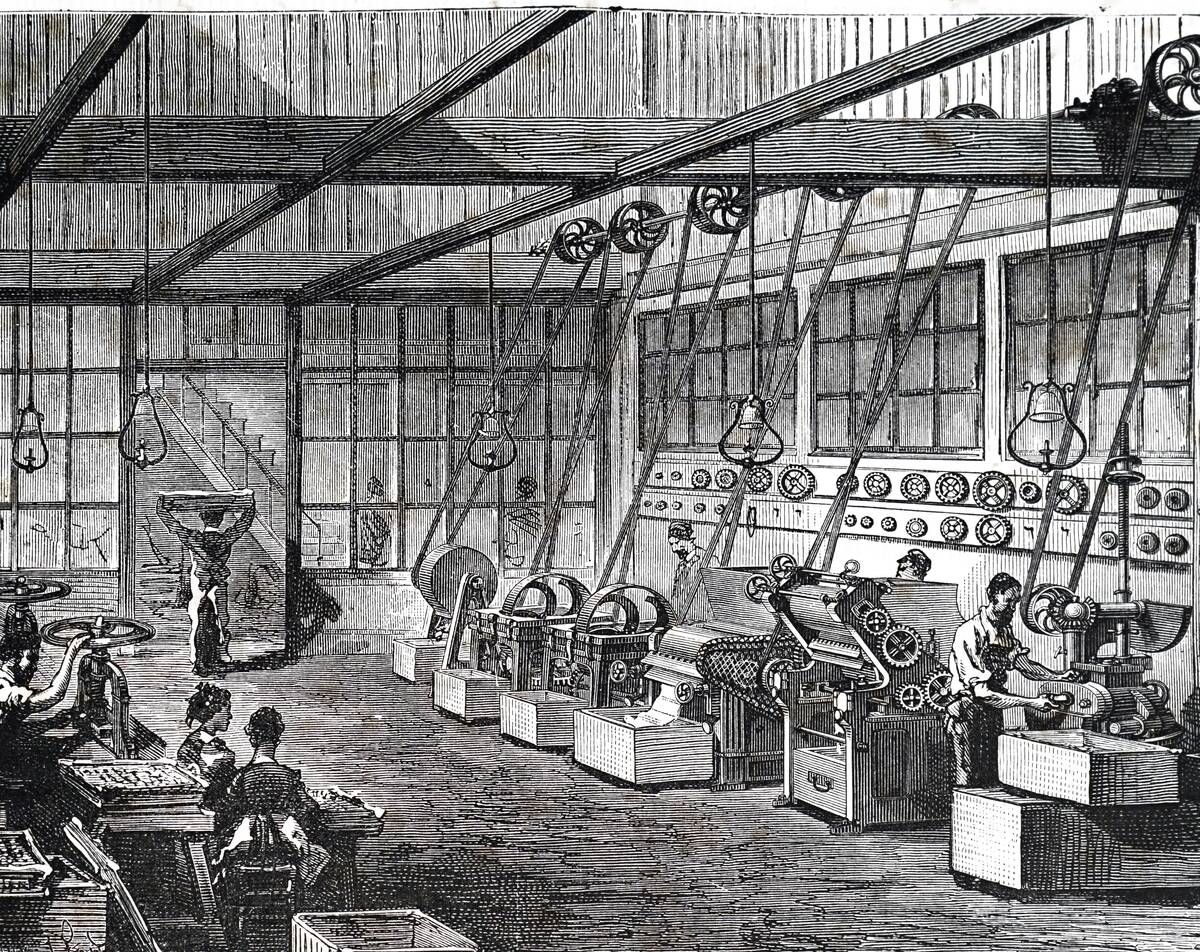
Homemade soap making was once a common household chore, with families creating their own soap from animal fats and lye. This process required careful handling of materials and a good deal of patience.
With the widespread availability of commercially produced soaps, this practice has largely disappeared from daily life. However, a resurgence in interest for artisanal and natural products has led some to revisit the craft, blending tradition with creativity.
Floor Scrubbing: Before the Mop Revolution
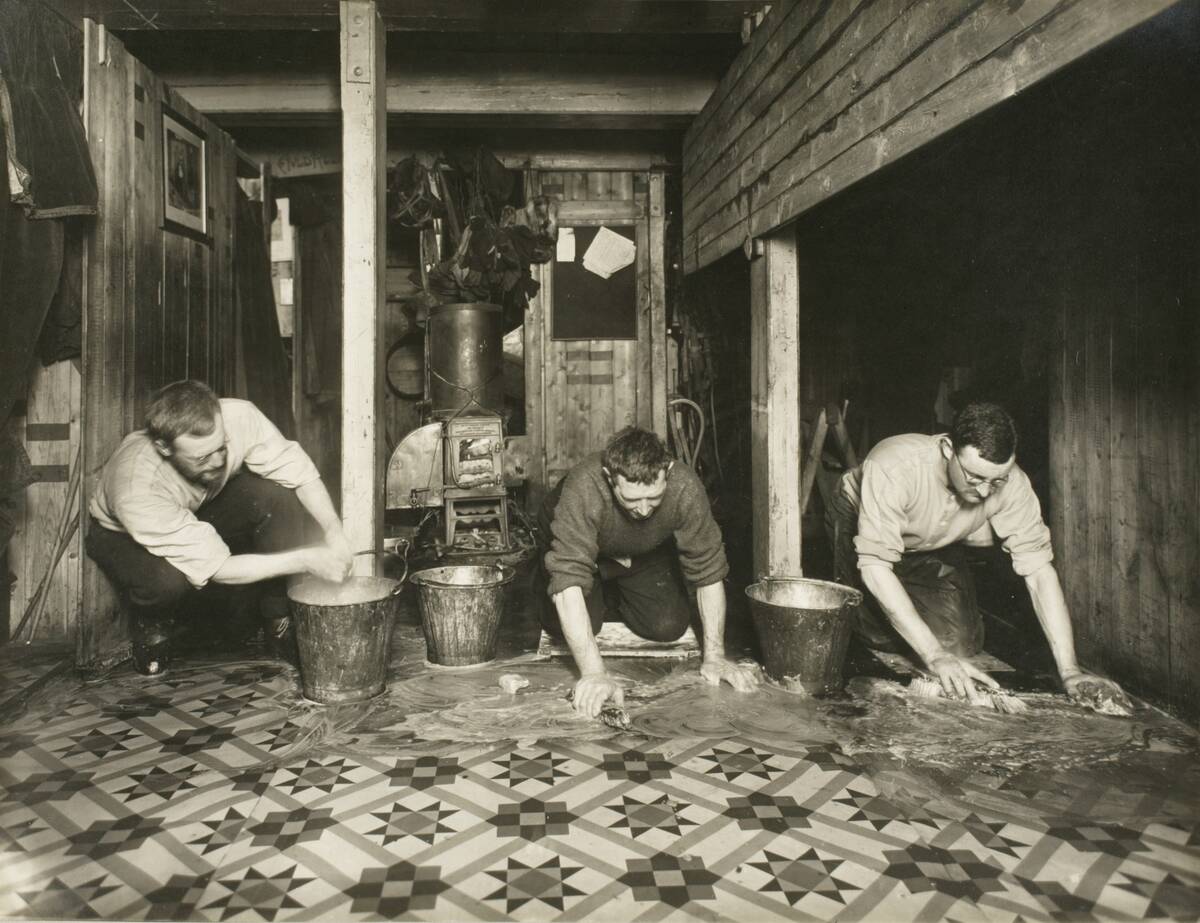
Before the convenience of mops, scrubbing floors was an arduous task that involved hands-and-knees labor with a brush and bucket. This chore required stamina and elbow grease to achieve a spotless finish.
The invention of the mop revolutionized floor cleaning, allowing for easier and faster maintenance. Today, with the addition of spray mops and robotic cleaners, the once back-breaking task of floor scrubbing has been transformed into a simple and efficient process.
The Decline of Home-Cooked Three-Course Meals
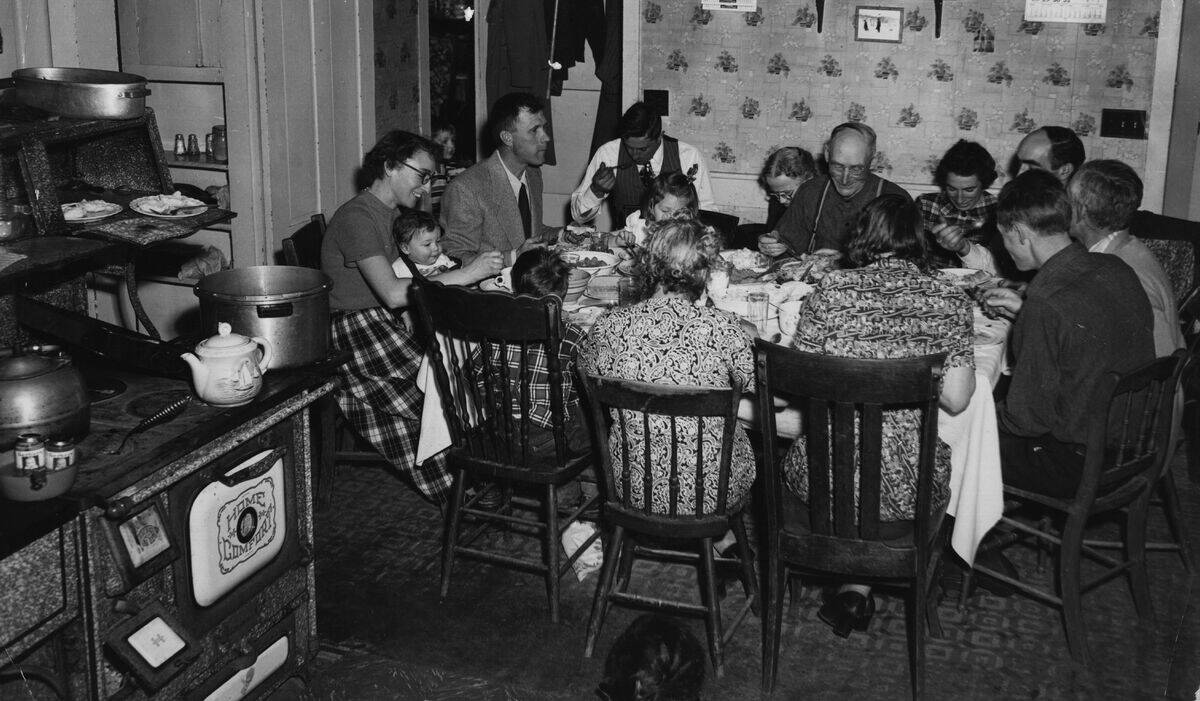
Home-cooked three-course meals were once a staple of family life, with each meal carefully planned and prepared from scratch. This tradition fostered culinary skills and brought families together around the dinner table.
With the rise of convenience foods and busy lifestyles, the elaborate three-course meal has become a rare treat rather than a daily occurrence. Despite this shift, the joy of cooking and sharing a meal remains a cherished part of family traditions.



